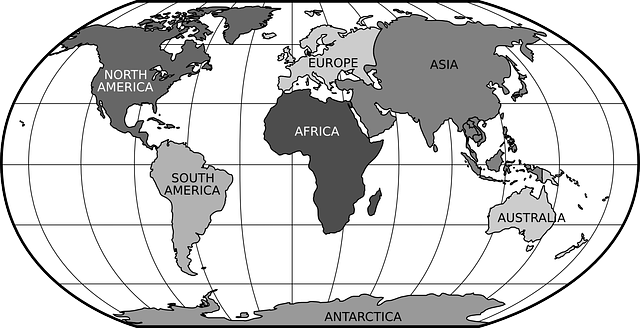Why is the Equator hot
Temperature difference between Ecuador and Poland? Why is the Equator hot
The curvature of the Earth plays an important role in the distribution of heat around the world. The Earth is so far away from the Sun that when the Sun’s rays reach the Earth, they can be seen in parallel.
At the same number of rays (same solar energy), the hot zone at the equator is smaller because the rays come perpendicular to the surface. In addition, the rays exceeded the minimum atmospheric thickness at the equator.
Therefore the amount of energy that the soil receives per unit area is very important at the equator.
The closer you get to the poles, the more the rays reach the surface at an angle and have to travel a greater distance in the atmosphere, where they lose some of their energy.
The energy that the ground receives per unit area, weakens as it approaches the poles. Difference between temperature: summer and winter (seasons)
The existence of seasons may seem obvious to you, but it was not always so. It was not until the 16th century that the human mind finally understood the cause of seasonal fluctuations.
The mere fact that the Earth revolves around the Sun does not explain the existence of the seasons.
You should also know that the sun’s rays hitting the earth’s surface in winter are distributed over a larger area than in summer. We can say that they are less concentrated in winter than in summer.
In Canada, in winter, a ray of light hits the Earth’s surface, therefore transmitting less energy to the Earth than in summer.
The sequence of seasons on Earth occurs for two reasons. First, the Earth revolves around the Sun over the course of a year.
Axis slope
Second, the Earth’s axis of rotation is tilted relative to the plane of Earth’s orbit around the Sun.
The northern hemisphere tilts towards the sun in summer. So it is hotter in summer because the rays fall more vertically on our areas than in winter.
perforated rock
Perforated rock In winter, the soil of the Northern Hemisphere receives less energy from the Sun because:
The sun’s rays are less concentrated on the surface.
The sun’s rays are more concentrated on the surface.
During our winter, the Southern Hemisphere faces the Sun. It will be hot in the Southern Hemisphere.
